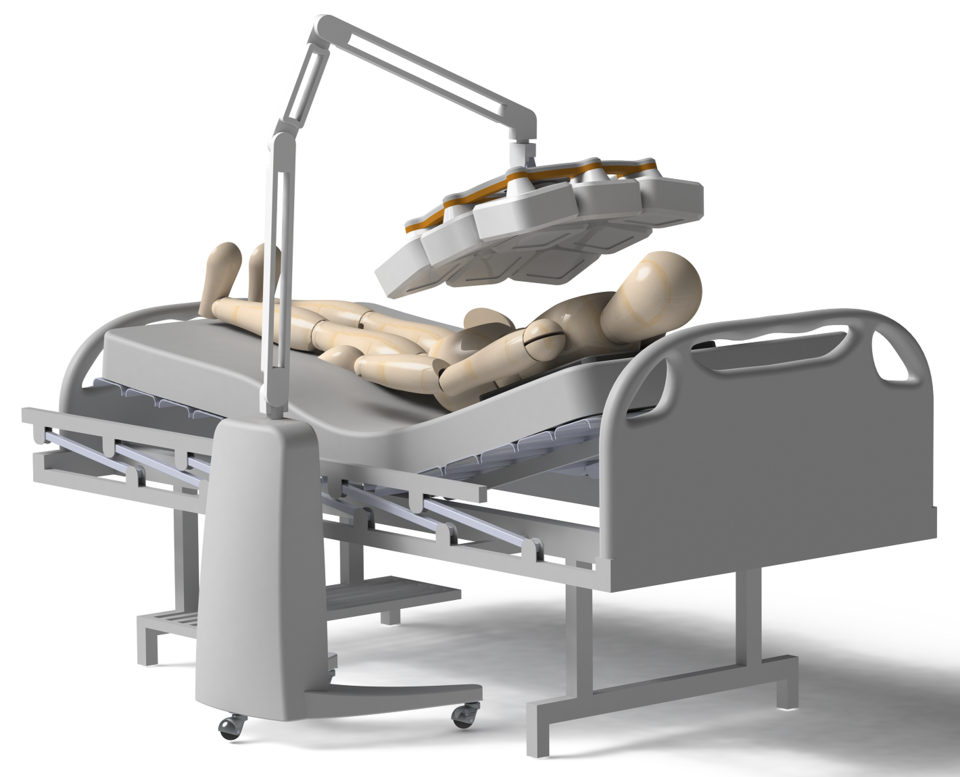Stargazing technology used to spot cancer
An X-ray machine which uses space technology to generate crystal clear images that doctors can use to detect the early signs of cancer has been prioritised for €1.2m of funding by the European Space Agency and the UK Space Agency.
Cancers are often missed on normal X-rays, which produce slightly fuzzy images that can be difficult to interpret. This can mean the disease is more advanced and difficult to treat by the time it is discovered.
So engineers from UK company Adaptix have used technology developed for space to produce three-dimensional scans that generate much clearer images.
The device employs X-ray optics deployed on spacecraft such as ESA’s XMM-Newton mission, which launched in 1999 and is observing stars at X-ray wavelengths.
Miniaturised, portable and connected through satellites, the machine should also allow patients to be scanned in GPs’ surgeries, reducing the need for trips to hospital and shortening waiting times for patients.
Tony Young, national clinical director for innovation at NHS England, said: “Last year as we celebrated the NHS’s 70th birthday, we challenged industry to bring technology designed for outer space into the NHS. Using stargazing technology to spot cancer is exactly the type of advanced innovation that could improve care for patients by speeding up diagnosis and helping to deliver our long-term plan which will save half a million lives.”
Chris Skidmore, the UK science minister, said: “The challenge of working in space focuses some of the UK’s most brilliant minds. These experts can also help transform our lives for the better here on Earth.
“The huge potential of space technology isn’t just about reaching out into the universe—it’s here on earth that its greatest impact can be seen, from 5G to tackling climate change or ensuring we can all benefit through space inspired healthcare technologies such as these.”

Adaptix, the company that developed the cutting-edge machine, was nurtured at ESA’s business incubation centre in Harwell, UK.
Nick Appleyard, head of Business Applications at the European Space Agency said: “This is a wonderful example of how ESA supports innovation. Adaptix started life in ESA’s UK Business Incubation Centre and has grown to become a successful and innovative enterprise.”
Mark Evans, chief executive of Adaptix Limited, said: “Working with ESA’s business incubation centre hosted by the Rutherford Appleton Laboratory in Harwell has given us access to fantastic facilities and leading minds. ESA’s focus on commercialising space-heritage technology to create tangible benefits for the EU population and the UK economy has helped us to create 33 high-value UK jobs in research and development and, increasingly, in manufacturing.
“Our vision is to create a business that will transform radiology through the export of high-science-content high-value products to achieve revenues of more than $100m. X-ray is the primary diagnostic in healthcare and one day we hope that Adaptix technology will touch the life of everyone that you know.”
The €1.2m grant is due to come from an innovation fund drawn from ESA’s Business Applications and Space Solutions programme, supported by the UK Space Agency.




